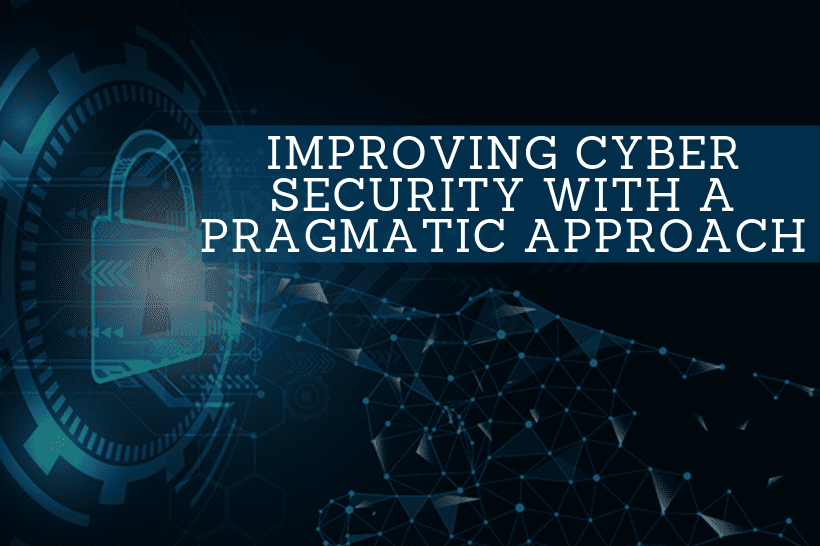With the implementation of new data protection measures, enterprises may find themselves wanting more flexible AI software than is currently offered. Tim Lawes discusses this in the context of how Symphony Summit AI offers flexibility through cloud-based SaaS and on-premises solutions.
An American IT company recently ended the development of their on-premises solutions platform, where customers using it no longer receives updates. This is a smart idea, and everyone is migrating to the cloud because it’s cheaper, easier to maintain, and offers more flexibility in choosing your solution. On-premises solutions are more costly and require more maintenance as they need dedicated hardware located at the customer’s location.
Many organizations have moved to the cloud for their IT, nonetheless on-premises ITSM/ITAM platforms still hold significant importance as cybersecurity rules continues to be a concern.
The European Union is pursuing a plan that will develop an “intrinsically secure platform” for European defense ministries and cyber-defense agencies. These efforts are similar to what’s underway in the United States federal government, where officials are still smarting from hacking exposed vulnerabilities.
The impact of new cyber security rules on cloud computing
Cyber regulations are becoming more strict for U.S. agencies, leading to the necessity for secure enterprise service management in other industries. Cyber security is a difficult topic to navigate, with so many different parameters to consider, but ESM on platforms that combine ITSM with ITAM is an increasingly popular solution in industries such as education, healthcare, and manufacturing.
Managed service providers are going to have to step up their game to provide IT solutions. They will not be able to do this unless they use the most innovative solutions, which will provide higher levels of security.
Businesses providing on-premises solutions that offer novel licensing plans and other features are likely to thrive in the digital, data protection world. ITSM and ESM solutions offering AI powered digital agents can provide users with a high level of convenience while also increasing security.
Data sovereignty and data extradition laws require on-premises data solutions to preserve ownership. If a company controls their own data, they will also be responsible for what happens to it. They will not need to comply with foreign governments–including demands for access to their information. Third party vendors (e.g., Amazon or Facebook) will also not have control over the data stored by an enterprise’s on-premises systems.
Balancing visibility into cloud usage with secure policy enforcement
Scalable solutions are the most important aspect of ESM, whether in the cloud or on-premises. While some solutions may be more restrictive than others due to hardware constraints, top-of-the-line service providers offer a combination of security and scalability.
No matter what your profession, COVID-19 definitely tested your workplace capabilities. Whether this was the shift from desktop computers to laptop computers, or the incorporation of remote work, work schedules needed to be managed around unpredictability or new employees had to be integrated.
With improvements in ITAM, allocating work hours for pandemic-related work shifts has become more measurable. Additionally, controlling spending on licenses and managing the number of devices and other assets is possible with these advances in ITSM.
For established companies like yours, times have never been tougher. The pandemic and increase in cyber attacks are causing many large companies to reassess their current tech stack, ESM needs, and providers
What growing with AI means for cybersecurity, ITSM and ITAM
Meanwhile, just like many other modern industries, the enterprise service management sector is still in the early stages of employing AI. From monitoring cyber security to asset management and human resource tools, AI is making things easier on the ESM department.
With a time efficient AI, manufacturing execs can create better security against ransomware attacks inputting structured data and machine learning to generate custom content with the same quality as that created by humans.
Government agencies and contractors are working on best practices for platform security that will likely inform the future of IT Security Management, Identity, and Access Management, and Engineering Security Management.
What are the long-term implications of new cybersecurity rules?
When it comes to choosing between on premise or cloud based solutions, it’s important to keep in mind that both are necessary depending on the industry and enterprise. The best managed service providers will be platform agnostic and capable of delivering an equal level of scalability, AI functionality, and quality of service.
Executives should not be overly influenced by specific vendors or partners. They need to consider their needs, the expanding options on the market, and settle on a strategy and solution.







